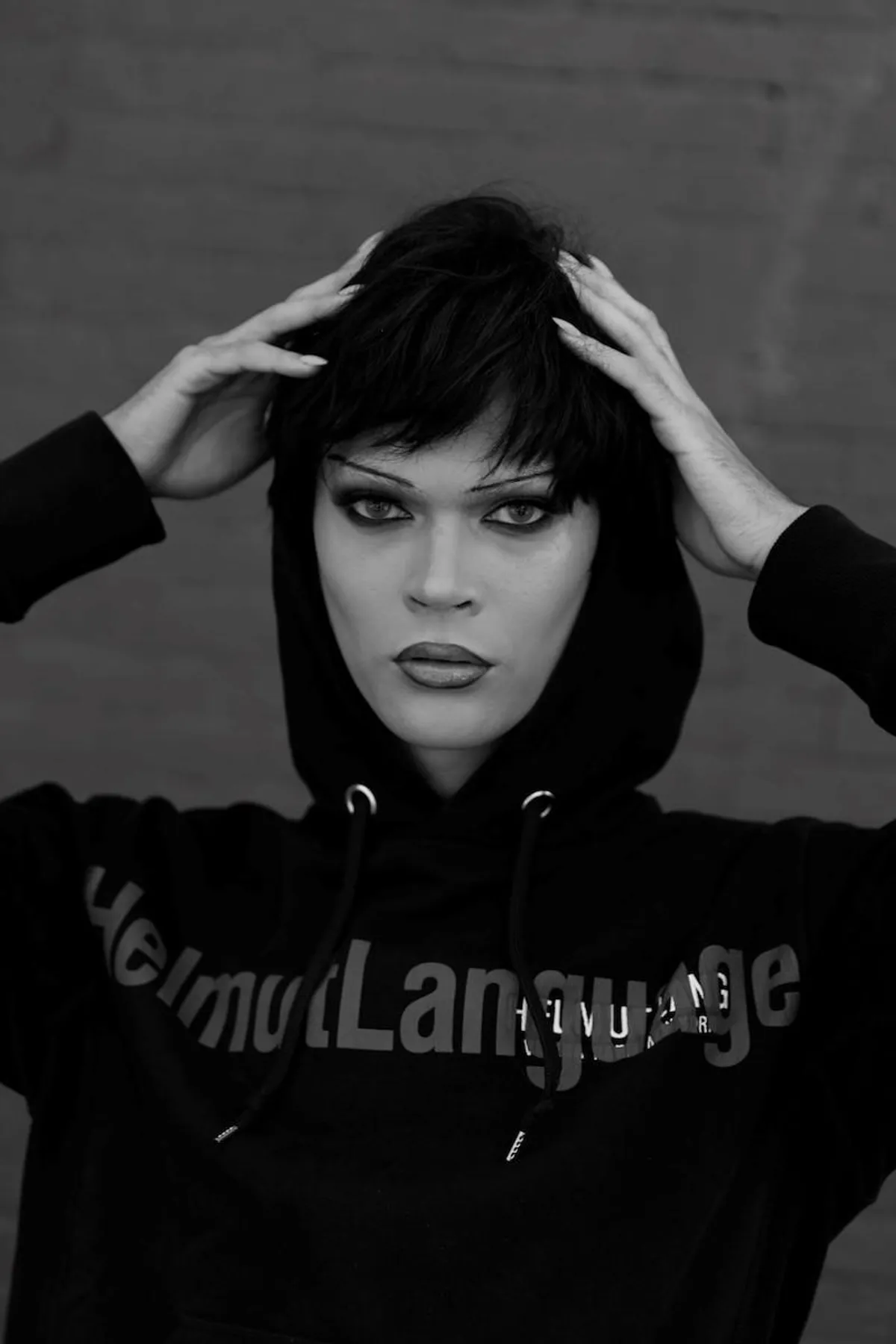
How West Dakota's Idea Became the Largest Trans March in History
The Out100 honoree had the initial spark of inspiration that became the Brooklyn Liberation march.
When West Dakota, a prominent Brooklyn-based drag performer and activist, first had the idea to organize a march to draw attention to the disproportionate rates of violence against Black trans women, they had no idea it would become the biggest demonstration ever of its kind. The Brooklyn Liberation March, as it has now become known, drew an estimated 15,000+ participants who all dressed in white and marched through the streets of the borough in June. There, the assembled sought to add the names of Black trans folks who had been killed to the ongoing cries of "say their names." And in the end, the event was deemed by some to be a return to the origins of Pride festivals, in a year where many Pride events were canceled as a result of the ongoing pandemic.
The idea was first conceived while Dakota was checking in on their friend, mentor, and fellow drag artist Merrie Cherry. In the wake of the George Floyd protests, the pair had an emotional discussion about how Black trans people are disproportionately victims of police violence -- and the irony that attending demonstrations against police brutality can often put them in further danger. Cherry, who is Black, mentioned she would have felt safer attending some of the silent marches she had seen in other states. In the weeks following the conversation, Dakota worked hard and organized to make a march for Black trans lives a reality. Working with former Out deputy editor Fran Tirado, Ms. Foundation director of communications Raquel Willis, Anti-Violence Project director of communications Eliel Cruz, and more, the Brooklyn Liberation March was born.
Some 15,000 gathered on the steps of the Brooklyn Museum, mostly in white. The dress code looked back to the NAACP's 1917 Silent Protest Parade where 10,000 marched to protest violence against Black communities. At this 2020 event, Brooklyn-based designer Willie Norris handed out over 600 white t-shirts screen-printed with "Black Trans Lives Matter." The Brooklyn Liberation march ended up being the first of many marches that helped to center Black trans lives, including actions in Los Angeles, as well as a now weekly action at Stonewall organized by Joel Rivera and Qween Jean.
Looking back on the tumultuous year, Dakota tells Out that there still have been some wonderful silver linings weaved throughout 2020 [Editor's note: we spoke to Dakota just before the November elections].
"The slowing down; watching my plants explode with life," they say. "Witnessing the strength and interconnectedness of my community. Mutual aid. Feeling and sitting with the raw emotion of every moment. Escaping escapism. Practicing mindfulness." They have continued to be a part of actions though, attending the Stonewall Protests this week.
On being included in the Out100 list this year, Dakota reflects what it means to be out in 2020.
"Being out to me means being honest with myself, acknowledging and working through the layers of shame and honoring my truth," they say. "Living honestly with myself and sharing that with others means deeper, more fulfilling I love it here."
Looking toward the new year, Dakota says, "My hope is that we abandon the 'take me back' mentality. I hope this shock to our system can push us forward in reimagining what our lives can be.... I'm focusing less and less on the projects, and more on listening and learning. To quote Michaela Coel, "What a brilliant thing it is to grow."
A version of this piece was originally published in this year's Out100 issue, out on newsstands 12/1. The issue has four cover stars: Janelle Monae, Wilson Cruz, Joe Mantello, and Janaya Khan. To get your own copy directly, support queer media and subscribe -- or download yours for Amazon, Kindle, Nook, or Apple News +. The first-ever Out100 Symposium, titled "How Do We Come Back From This" will stream on Out Friday and is set to be hosted by Janaya Khan. The first-ever Out100 Virtual Honoree Induction Ceremony will be Saturday, November 21, 2020 at 8 p.m. EST. You can watch live on the Out100 Live landing page.






























































